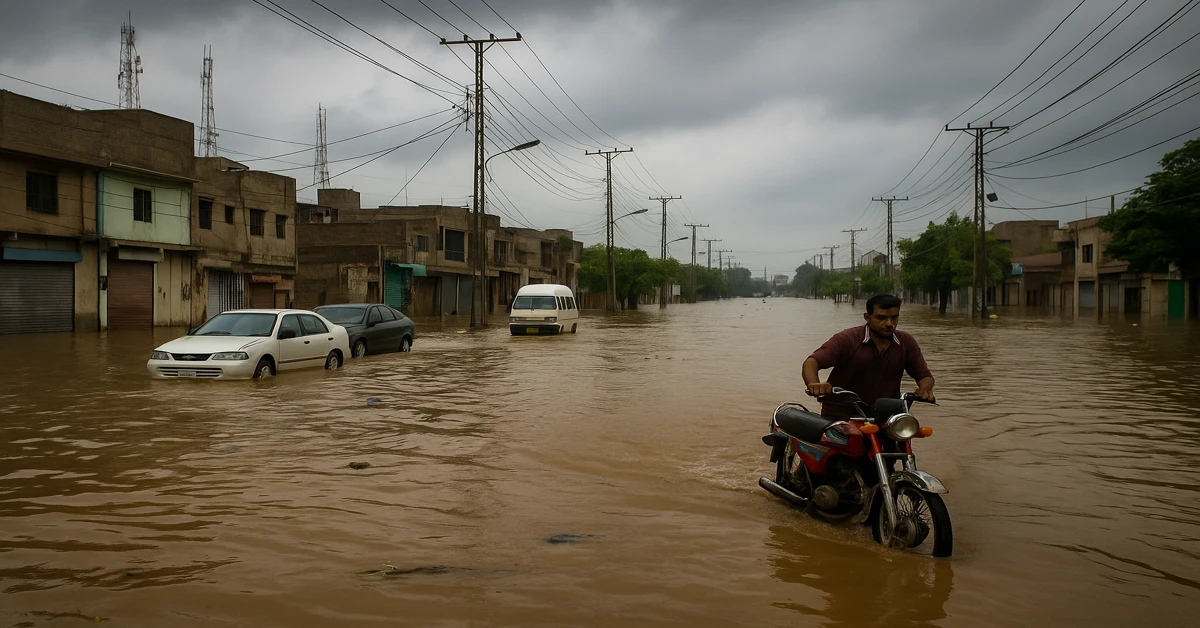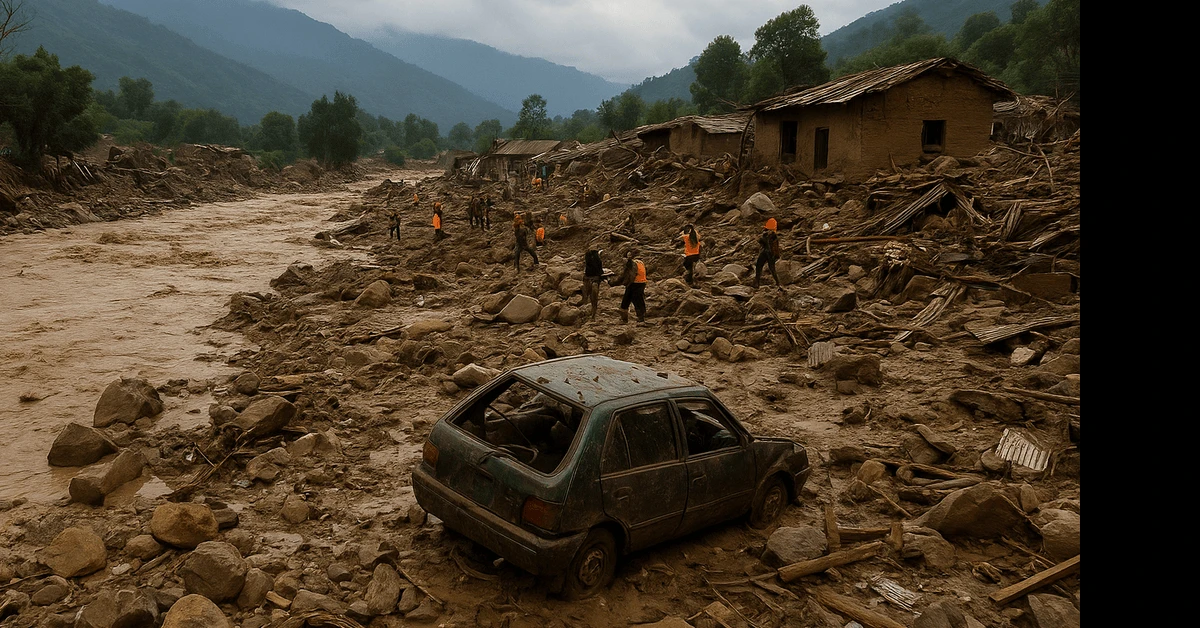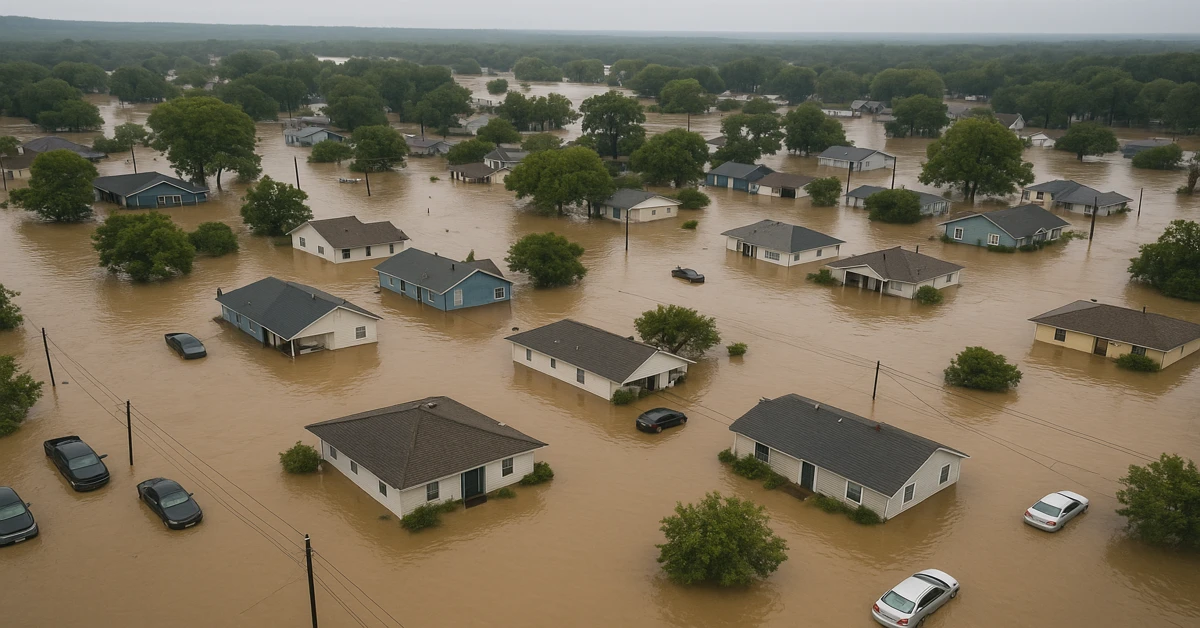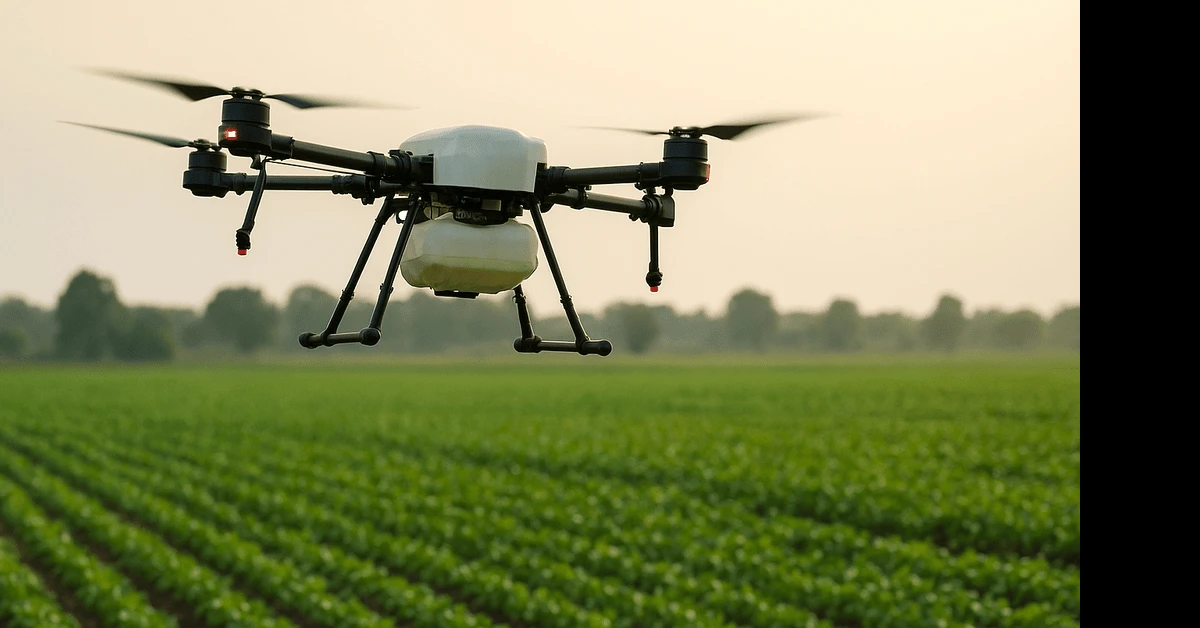Last Updated: July 20, 2025
PMD Issues New Flood Alert in Pakistan from July 19 to July 25: Latest Updates & Death Toll

The monsoon season of 2025 has triggered one of the deadliest flood crises in Pakistan’s recent history. With heavy rainfall, flash floods, and accelerated glacial melting, the situation remains critical in several provinces. Here’s a detailed breakdown of the latest flood updates, death toll, affected regions, and ongoing rescue operations.
📌 Death Toll & Humanitarian Impact
According to the National Disaster Management Authority (NDMA), as of July 20, 2025, the death toll has reached 193, including 93 children. Over 560 people have been injured, and thousands have been displaced due to flash floods and landslides.
- Punjab: 114 deaths, mostly due to flash floods and roof collapses.
- Khyber Pakhtunkhwa (KP): 40 deaths, severe landslides in Swat and Malakand.
- Sindh: 21 deaths, urban flooding in Karachi and Hyderabad.
- Balochistan: 16 deaths, with several rural villages cut off due to damaged roads.
- Azad Kashmir & Islamabad: 2 deaths combined.
🌧️ New Flood Alert by PMD (July 19–25)
The Pakistan Meteorological Department (PMD) has issued a fresh flood alert effective from July 19 to July 25. A combination of southwest monsoon currents and westerly waves is expected to bring heavy downpours across multiple regions, increasing the risk of flash floods and urban flooding.
High-Risk Areas:
- Urban Flooding: Lahore, Rawalpindi, Multan, Karachi, Hyderabad.
- Flash Floods: Chitral, Swat, Dir, Malakand, Gilgit-Baltistan.
- Landslides: Hilly areas of Khyber Pakhtunkhwa and Gilgit-Baltistan.
🏞️ Glacial Melt & Climate Change Connection
The situation has been worsened by glacial lake outburst floods (GLOFs) in Gilgit-Baltistan. Record-high temperatures (above 48°C in some areas) are causing rapid glacial melting, feeding rivers and triggering flash floods. Climate experts warn that climate change has amplified the monsoon intensity, making such disasters more frequent.
🚨 Government & Rescue Efforts
The NDMA, Provincial Disaster Management Authorities (PDMAs), and the Pakistan Army are actively involved in relief operations. Helicopters and boats are being used to evacuate stranded families, while emergency shelters are being set up in flood-hit districts.
Relief Measures Include:
- Distribution of food packs, clean drinking water, and medicines.
- Setting up temporary shelters in schools and government buildings.
- Rapid repair of damaged bridges and roads for supply chains.
⚠️ Safety Guidelines for the Public
If you live in flood-prone areas, follow these safety tips:
- Avoid unnecessary travel, especially near rivers and flood plains.
- Stay updated through NDMA, PDMA, and PMD alerts.
- Prepare an emergency bag with essentials – water, dry food, flashlight, first aid kit, and important documents.
- Move to higher ground immediately if heavy rainfall continues for several hours.
🔮 What to Expect Next?
Weather forecasts predict heavy rains until July 25, which may worsen the flood situation in low-lying areas. Authorities have urged citizens to remain vigilant and cooperate with rescue teams. International NGOs are also stepping in to provide humanitarian assistance.
💬 Final Thoughts
The 2025 floods in Pakistan are a grim reminder of the country’s vulnerability to climate-driven disasters. Proactive disaster management, better urban planning, and climate-resilient infrastructure are crucial to prevent future tragedies. For now, staying informed and following safety protocols is the best way to stay safe.
Stay tuned for more updates as the situation evolves.
You May Also Like:

Latest Affordable Range Smartphones in Pakistan by Itel and Tecno...

ICC Issues Arrest Warrant for Netanyahu: What It Really Means...

Buner Flood 2025: Full Story, Damages, Safety Tips, and Future Risks...

Texas Flood Tragedy: Doctor Fired Over Heartless Comment, Pat Green’s Family Lost & 7 Shocking Sto...

Pakistani Monsoon Flood Crisis 2025: Current Impact, What to Expect & How to Stay Safe...

Low-Cost Drones Made in Pakistan: A New Era for Smart Agriculture...

Zohran Mamdani’s Viral Rise: How a New York Lawmaker Sparked Global Debate on Identity and Politic...

